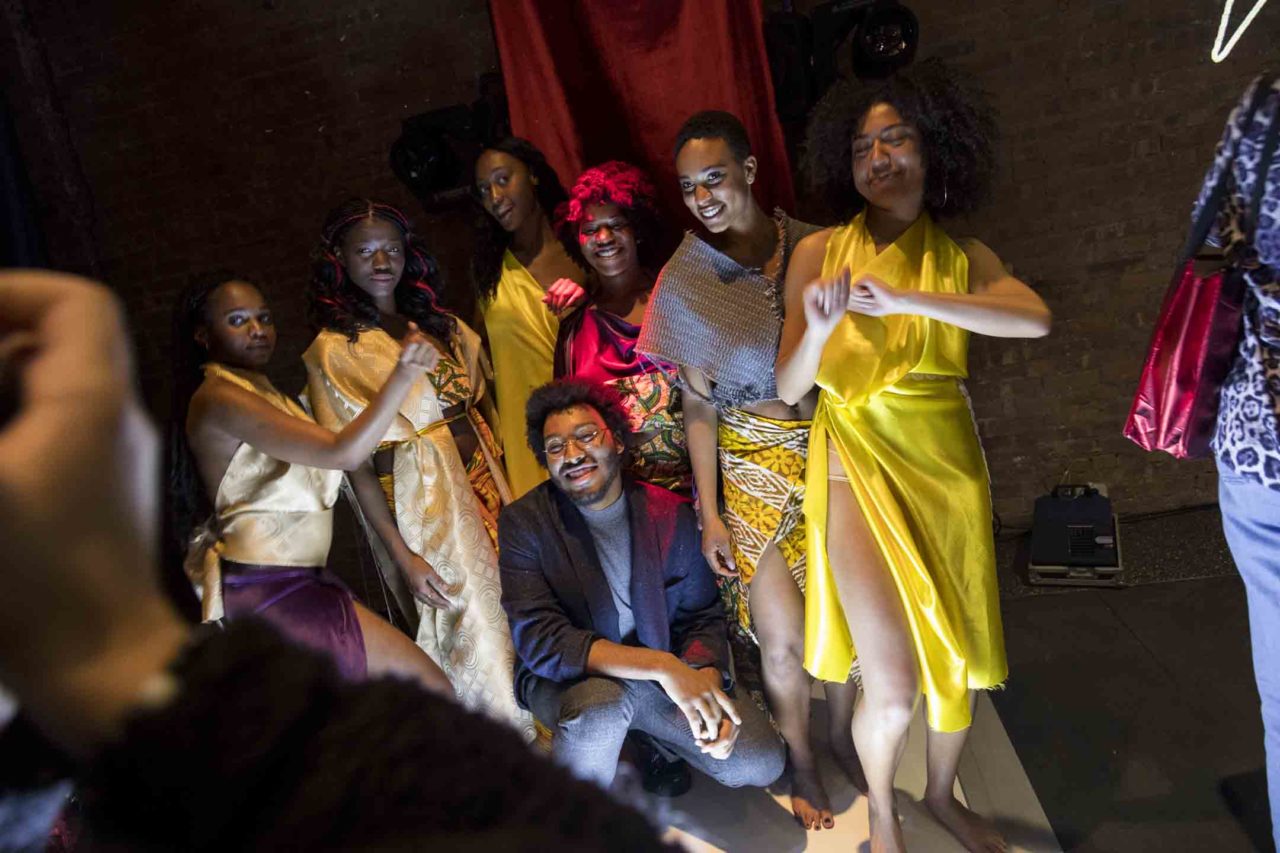
Microplastics, toxic chemicals, exploited workers—the fashion industry often gets a bad rap for good reason. It’s a huge generator of waste and one of the biggest polluters of our planet. However, NYU’s student-run Future Fashion Group (FFG) aims to address these issues. The club brings together aspiring designers and models, textile geeks, fans of fashion, and other creatives who want to effect change in the industry. Throughout the year, FFG hosts a variety of events to raise awareness. These include clothing swaps, discussion panels, film screenings, museum visits, and repair workshops. What’s more, the group launched a zine last year. The first issue highlighted environmentally friendly New York City–based brands and included a guide to Brooklyn’s thriving thrift culture.

Get Active in an Epicenter of Fashion
With about 900 fashion companies headquartered here, New York City is an ideal place to explore or study the industry. Furthermore, New York State is home to groundbreaking fashion legislation. For instance, the Fashion Sustainability and Social Accountability Act will soon introduce legally binding environmental and labor standards for large fashion retailers and manufacturers. FFG takes advantage of all this by fostering opportunities for its members to network, learn from industry leaders, and connect with like-minded organizations.
Samantha O’Connell is a senior majoring in Information Systems Management at the School of Professional Studies. When she first joined FFG, she recalls, “I suggested we visit organizations like the FABSCRAP Warehouse in Brooklyn. The group happily agreed. Volunteers get a couple of pounds of fabric scraps for free once they complete their volunteer work.”

Create Excitement on Campus
During the spring semester, FFG holds its annual Re-Fashion Show, which builds awareness about sustainable fashion while providing a platform for student designers. Hosted last year by Christopher Griffin, a.k.a. @plantkween, the show spotlighted planet-friendly designs and celebrated the natural world. Designs incorporated recycled and upcycled fabrics, utilized climate change–mitigating technology, and highlighted relevant climate change news. Adds Samantha, “Students are excited about sustainability because of the transparency and the positive outcome it has globally and in our personal lives.”



